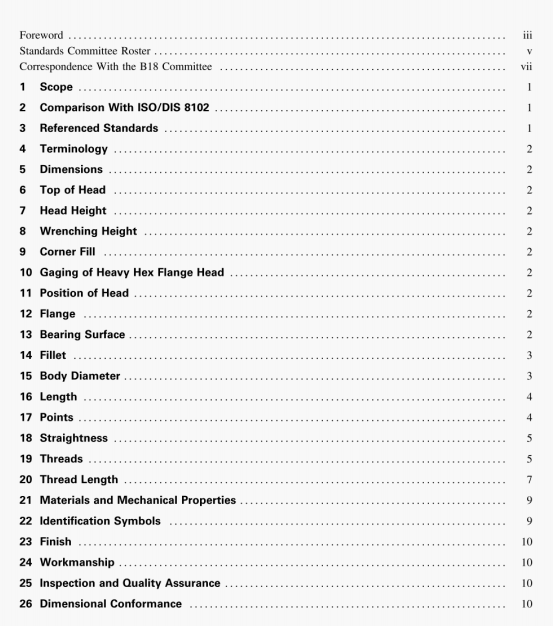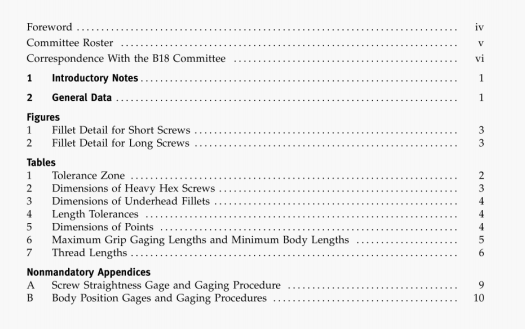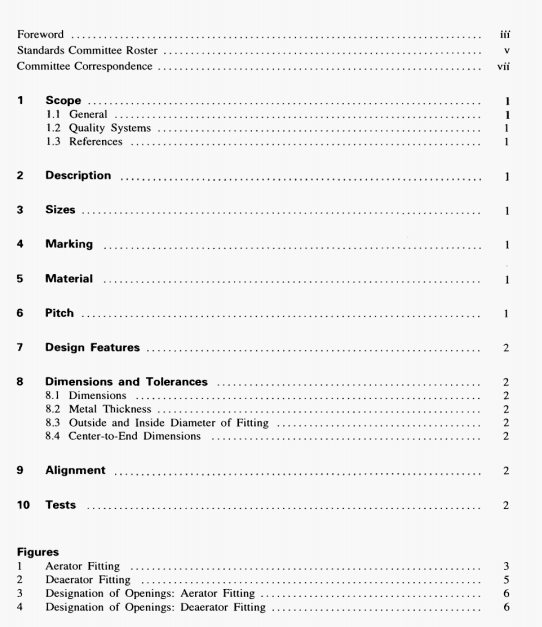Abstract: SME B16.42:2021 pdf download.Ductile lron Pipe Flanges and Flanged Fittings Classes 150 and 300. 3.5 Variances From Ratings Except as provided herein, ratings are the maximum allowable working pressure for the corresponding temperature. 3.5...
SME B16.42:2021 pdf download.Ductile lron Pipe Flanges and Flanged Fittings Classes 150 and 300.
3.5 Variances From Ratings
Except as provided herein, ratings are the maximum allowable working pressure for the corresponding temperature.
3.5.1 Safety or ReLief Valve Operation. Under conditions otsafety valve, reliefvalve. or rupture disk operation. the pressure on a flange or flanged fitting may exceed the rated pressure at the pressure-relieving temperature by no more than 1O% Such conditions are necessarily of short duration. Overpressure greater than the aforementioned under pressure-relieving conditions is the
responsibility of the user, subject to the requirements of the applicable code or regulation.
3.5.2 Other Variances. Operating variations (transients) that subject a flange or flanged fitting to pressure in excess of the
rated pressure at the corresponding temperature are the responsibility of the user, subject to the requirements of the applicable
code or regulation.
3.5.3 System Hydrostatic Test. Flanged joints and flanged fittings may be subjected to system hydrostatic tests at a pressure not
to exceed the hydrostatic shell test pressure specified in para. 9.3. Testing at any higher pressure is the responsibility of the
user.
4 SIZE
4.1 NominaL Size
As applied in this Standard, the use of the phrase nominal pipe siz& or the designation NPS followed by a dimensionless number is
for Identifying the end connection of piping, flanges, or flanged fittings. The number Is not necessarily the same as the inside
diameter of the flange or flanged fitting, The diameter of a bolt Is Its nominal size. Use of nominal Indicates that the stated
size or dimension is only for designation, not measurement.
4.2 Reducing Fitting Sizes
Reducing fittings shall be designated by the size of the openings in their proper sequence as indicated in the sketches (see
Figure 4.2.1).
Recommended:
ASME A112.1.2:2012 pdf download ASME 14414:2015 pdf download ASME 30.9:2021 pdf download ASME Y14.1-2020 pdf download



